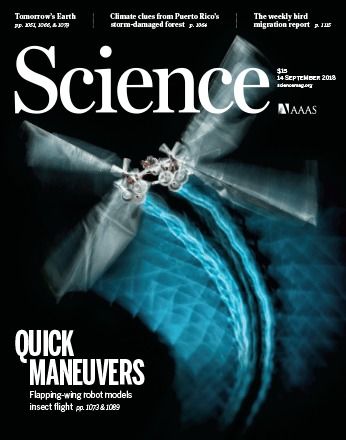![Figure][1]
The giant CMS detector at the Large Hadron Collider will search for double-Higgs events.
IMAGE: MICHAEL HOCH AND MAXIMILIEN BRICE
For particle physicists eager to explore new frontiers, spotting the Higgs boson has become a bittersweet triumph. Detected in 2012 at the world’s biggest atom smasher, the Large Hadron Collider (LHC), the long-sought particle filled the last gap in the standard model of fundamental particles and forces. But since then, the standard model has stood up to every test, yielding no hints of new physics. Now, the Higgs itself may offer a way out of the impasse. Experimenters at the LHC, located at CERN, the European particle physics laboratory near Geneva, Switzerland, plan to hunt for collisions that produce not just one Higgs boson, but two.
